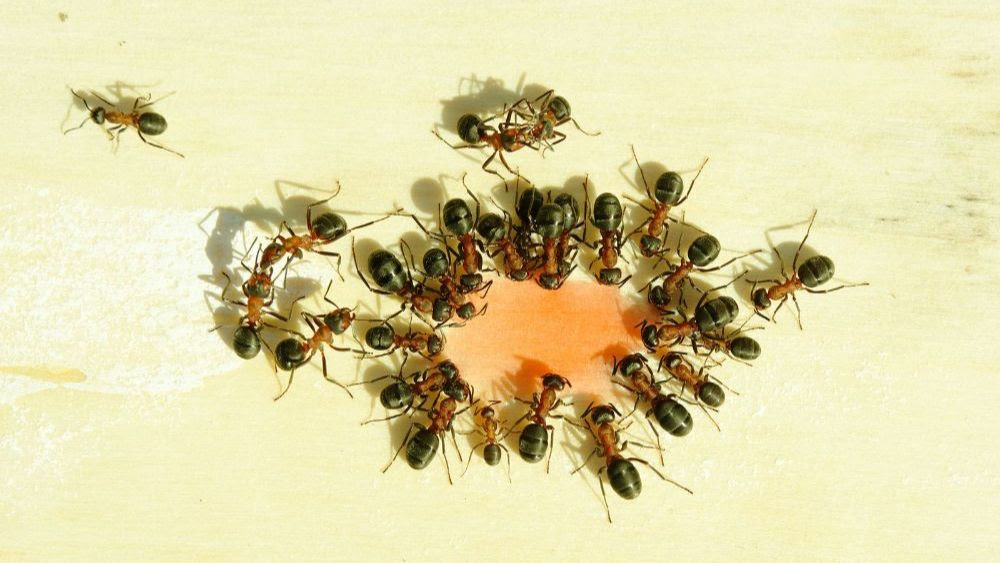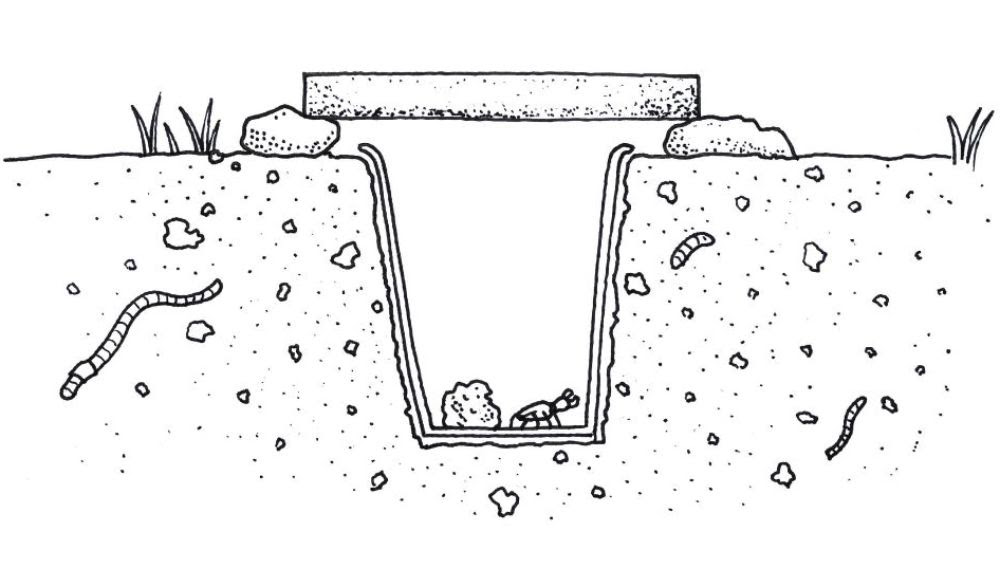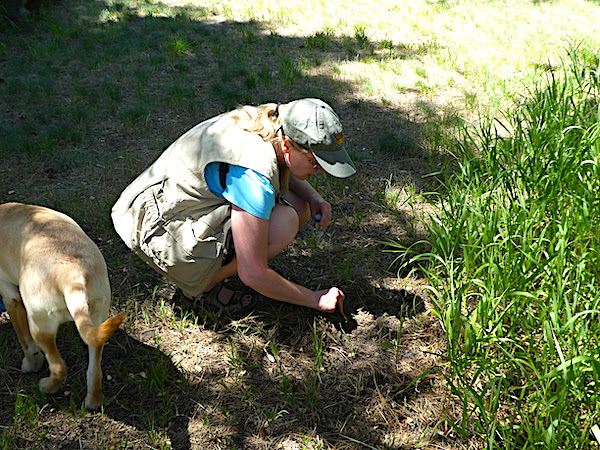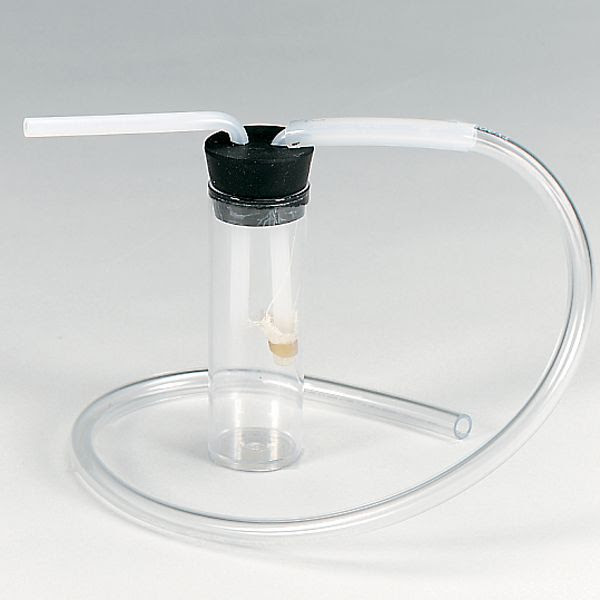Welcome Back to the Lab!
For the next couple weeks, we will be taking a deep dive into our summer project, Barcoding US Ants. But before we can even begin the process of DNA extraction, amplification, and analysis, we have to collect some specimens! Here are a few of the collection methods that we used last year (and will probably use again this summer).
Bait Traps

The easiest method for collecting ants is to have them come to you. We’ve all unwittingly dropped a tasty morsel in our kitchen only to find it surrounded by an ant mob later; this is the same idea. A piece of bait is placed either in an open collection tube or on a flat, blank surface for easy hand collection. Bait items can vary, but meat like tuna or sweet items tend to make the best attractants. The most successful bait item, according to US Ants project leaders? Pecan Sandies.

Pitfall Traps

Pitfall traps are another effective method for passively collecting several specimens at once. A small container is buried so that the opening is flush with the ground. A small roof may be placed on top to prevent rainwater from collecting in the trap, but is not necessary for short-term trap sessions. The idea is simple: ants walk in, and they can’t walk out. Once enough are collected, they are placed in collection vials.
Hand Collection

Of course, when it comes to ant collecting, hand collection is an active and surefire way to find what you’re looking for. It doesn’t get any more straightforward than this. Ants inhabit many types of habitats, and the best part about this type of collection is you can take notes on where the ants were found that will help professional taxonomists confirm the DNA analysis results. Certain ants prefer disturbed sites: large open areas with rocky soil. Many can be found amongst leaf litter. Last summer, I had a great time staring at a tree for a half hour and plucking ants from the bark while my dog patiently sat by (dogs make great ant collecting companions, as you can see in the photo above).
Using an aspirator

Collecting tiny invertebrates with forceps can be a tricky business, especially if you’ve had to much caffeine that morning. Another method of hand collection involves using an aspirator, the device seen above. The idea is pretty simple: you inhale through the long tube to create a vacuum effect and take aim at the ants you want to collect. The small mesh covering attached to the end of the long hose (you can see it glued on in this picture) prevents any dirt or debris – or ants – from being inhaled. Voila! Ant vacuum.
Until next time, thanks for visiting the lab!
Bug Wrangler Brenna
brenna@missoulabutterflyhouse.org
If ant collection workshops sound like something you’d like to participate in, then stay tuned! After all, Barcoding US Ants is a citizen science project, and we want to involve you, the citizens. For more questions, email me at brenna@missoulabutterflyhouse.org and put “Barcoding US Ants” in the subject line.